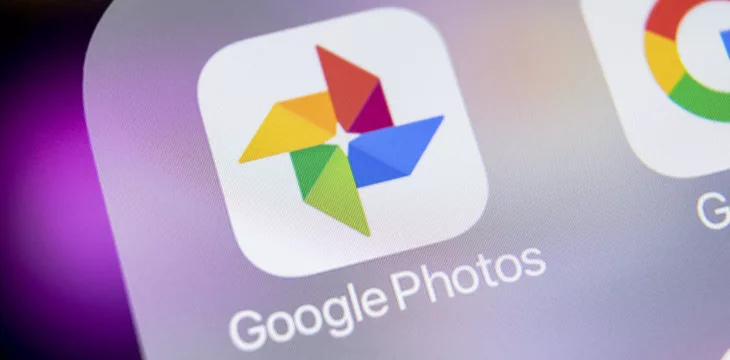|
Getting your Trinity Audio player ready...
|
Google (NASDAQ: GOOGL) has announced plans to introduce artificial intelligence (AI) editing tools to Google Photos, its picture-sharing and storage service.
According to a company blog post, the AI editing tools will make their debut on the platform on May 15. Google Photos users will have unrestricted access to AI editing tools irrespective of their location at zero cost.
Dina Berrada, Director of Product Management at Google Photos, confirmed the development, noting that users will be able to interact with Google’s AI-backed editing tools like Photo Unblur and Magic Eraser.
“Starting on May 15, many of our AI-powered editing tools—Magic Eraser, Photo Unblur, and Portrait Light—will be available to anyone using Google Photos, no subscription required,” said Berrada. “You’ll also be able to access these features on more devices, including Pixel tablets.”
The new policy update will see Magic Editor integrated into Google Photos, allowing users to leverage generative AI for “complex photo edits with simple and intuitive actions.” Previously, Google limited Magic Editor to its Pixel devices, but going forward, Google Photo users will have access to the nifty editing tool.
While other AI photo editing services appear to be free, non-Pixel users will be limited to only 10 Magic Editor saves each month. Google Photos users seeking to go beyond the limit have the option of purchasing at least a Premium Google One plan or switching to a Pixel device.
The new policy reveals that users will have to meet certain basic requirements to use the latest AI features on Google Photos. For starters, users should have up to 3GB RAM on their devices with an operating system of at least Android 8.0.
Some of the AI-based editing features may not be supported on 32-bit devices, while others require users to download the tool before using it.
Other functionalities include the ability to create a cinematic photo, change dates and time stamps, add filters, and other edits like cropping, erasing, or moving parts of an image.
Google’s AI march
Google has been improving its standing in the AI ecosystem with a series of investments in recent months. Back in March, the Big Tech firm announced plans to open a new research hub in France while pledging a $26 million training initiative to deepen the talent pool in Europe.
While the firm has found a measure of success with emerging technologies, competition for places remains stiff in the industry. Microsoft (NASDAQ: MSFT), OpenAI, Anthropic, and Meta (NASDAQ: META) are rolling out their suite of generative AI products for consumers, keeping Google and other first-movers on their toes.
In order for artificial intelligence (AI) to work right within the law and thrive in the face of growing challenges, it needs to integrate an enterprise blockchain system that ensures data input quality and ownership—allowing it to keep data safe while also guaranteeing the immutability of data. Check out CoinGeek’s coverage on this emerging tech to learn more why Enterprise blockchain will be the backbone of AI.
Watch: Foundational tech blockchain & AI can reinforce each other

 09-17-2025
09-17-2025 





